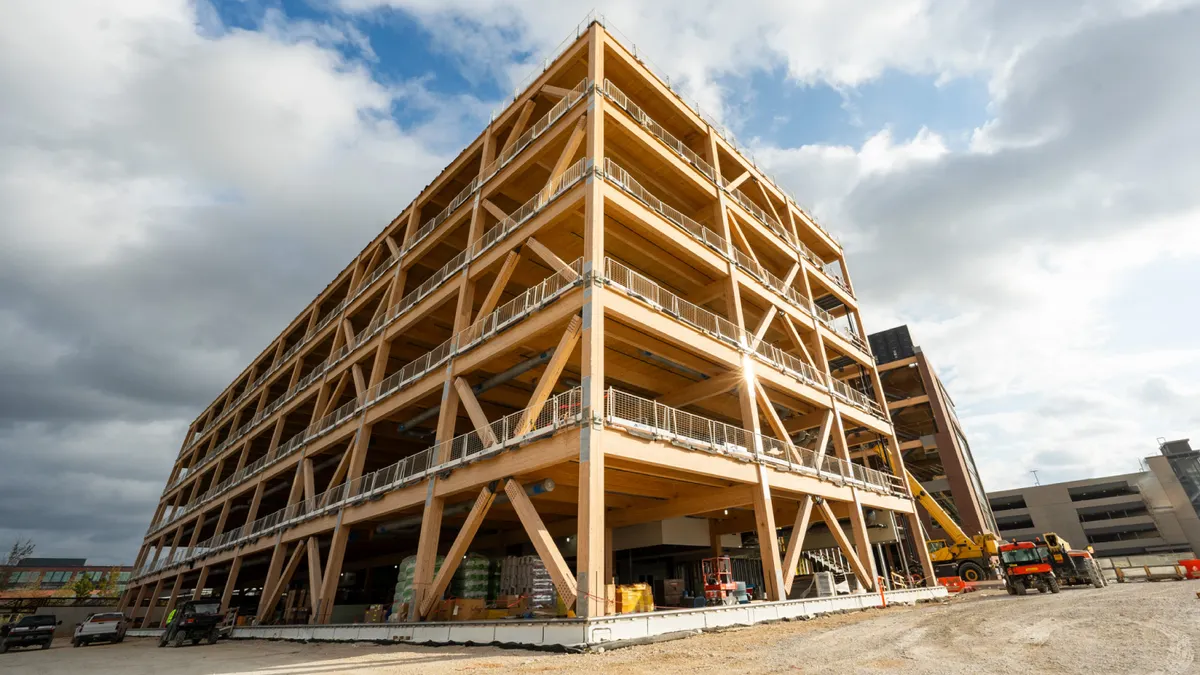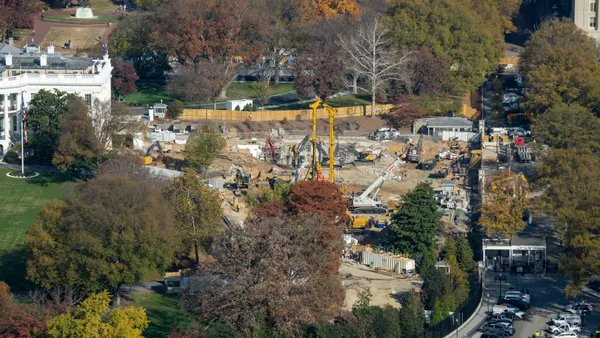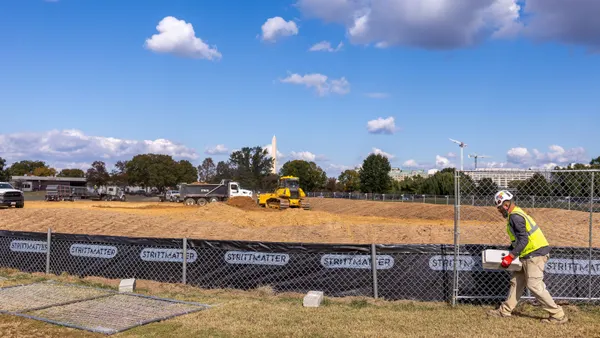Dive Brief:
-
The final quarter of 2016 saw the largest drop in three years in homes for sale targeting the nation’s average first-time buyers, down 12.1% year-over-year, according to Trulia’s latest Inventory and Price Watch report.
-
Affordability also took a hit during the period, as first-time buyers spent 1.9% more of their income to land a starter home during the period compared to a year ago. This group spent 38.5% of their income to purchase a median-priced home during the quarter while buyers of trade-up and premium properties spent 25.5% and 13.9% of their incomes, respectively.
-
Starter homes, which are typically the purchase of first-time buyers, took a 24.8% share of the housing market during the quarter, on par with the same quarter in 2015. The median list price of starter homes nationally was $164,920 for the period, up 7.6% from a year ago.
Dive Insight:
While first-timers faced tough sledding in their hunt for an affordable starter home in the fourth quarter of 2016, there are indications that the recent rate of price increases that contributed to the problem will slow in 2017, making homes more affordable for some.
The moderation in price growth will result in part from rising interest rates, experts believe. Jonathan Smoke, chief economist at Realtor.com, recently pointed out that while 2017 will see an increase in both home sales and prices, the growth is expected to be slower than it has been over the last three years.
Higher interest rates have already accounted for an increase of 7% in average monthly mortgage payments since early November. The National Association of Realtors expects home prices to rise 3.9% in 2017, compared to 4.9% in 2016, while real estate tracking firm Zillow has predicted a 3% increase by October 2017, down from increases of more than 5% in major U.S. cities and nationally this year.
Despite the headwinds, a majority of (70%) households surveyed by NAR in late 2016 still believe that now is a good time to buy a home. NAR Chief Economist Lawrence Yun thinks the answer to the problems facing first-time homebuyers may come from more activity in the new residential construction market, boosting inventory and relieving price pressures.
The pool of potential first-timer buyers is large and demand is growing. "That's why it's extremely necessary for homebuilders to step-up their production of homes catered to buyers in the affordable price range,” Yun said in a release. “Otherwise the nation's low homeownership rate will struggle to shift higher in 2017."












